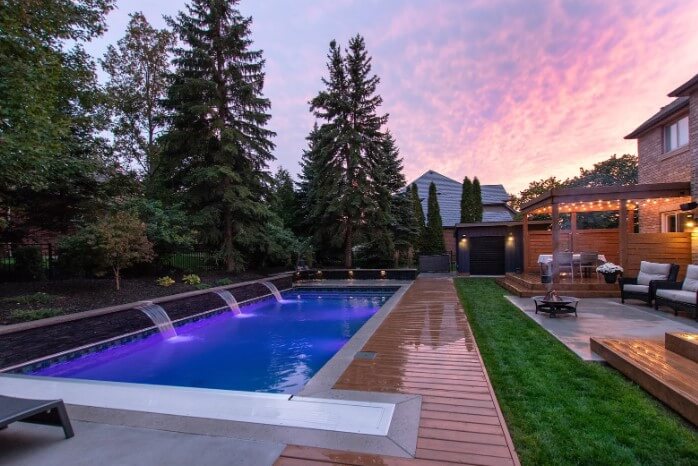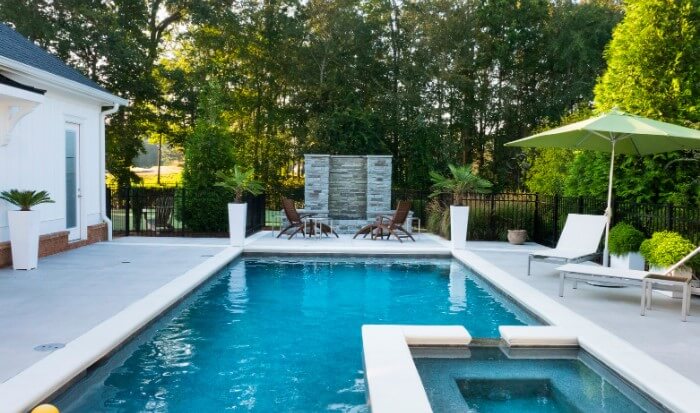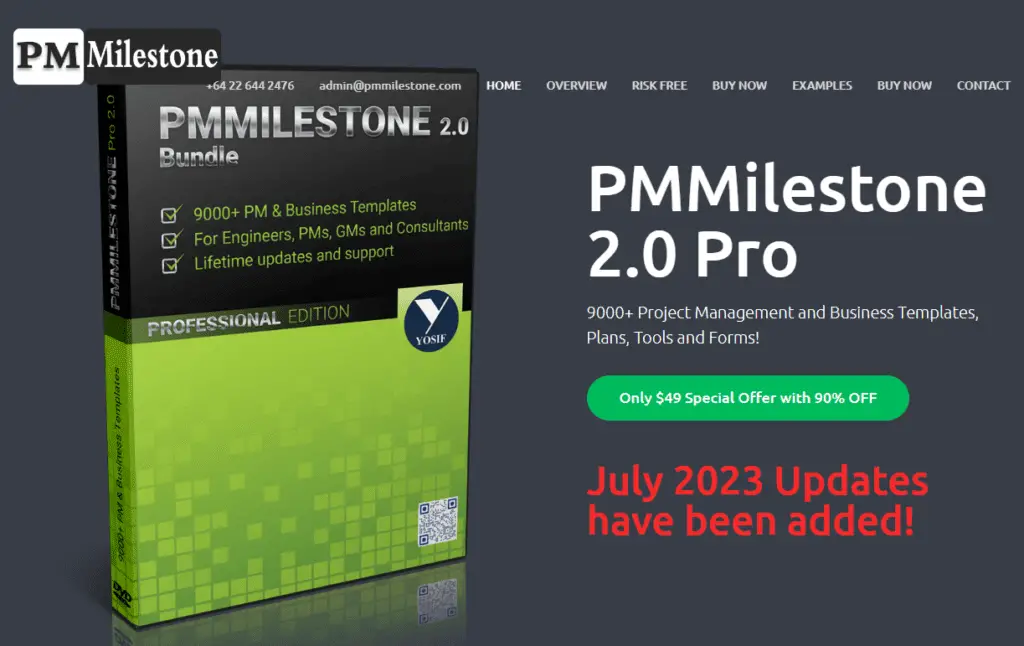Table of Contents
Introduction-Testing and Commissioning of Swimming Pools
The Testing and Commissioning of Swimming Pools (T & C) describes quality control activities related to testing and commissioning requirements in conformance with specifications, local and international regulations.
This procedure is the prerequisite for the Method Statement for Swimming Pool completion activity.
1.1 References
International Standard
BS 7671 – IEE Wiring Regulations 17th Edition, Requirements for Electrical Installation
1.2 Project Specification
Section – Plumbing System
1.3 Project Document
Approved Shop Drawings
Approved Material Submittals
Approved Inspection Request
Manufacturers’ recommendations for installation
Instruments & Tools Used
Multimeters
Clamp meters
Megger tester
Spanners
Wrenches
Hex-saw
Hand tools (both power & non-power)
Electric drilling machine
Pipe cutter
Pressure gauge
Any other necessary tools and equipment
(The calibration certificates for the above instruments will be submitted with the testing and commissioning requests.)

Environment, Safety & Health
All the safe practices will be adopted during the ongoing works.
All the works will be inspected by the Engineer.
All necessary personal protective equipment shall be used.
Proper access for the labor and equipment will be provided to the place of work.
When Working on floor Level
Use PPE as a coverall, safety shoes, goggles, helmets, safety vest, and gloves.
When Working on Scaffolding
Use ladder access or stairs.
Report scaffold defects to the supervisor.
Do not interfere or remove ties, guard rails, ladders, or toe boards.
Wear a face shield if chipping or drilling works are being performed.
Wear a safety harness line always above the platform.
Do not leave tools, or materials lying about on the platform.
Ensure you know the loading capacity of a platform when stacking materials on it.
General Safety Recommendations
Smoking is not allowed at all.
Personal Protective Equipment (PPE) must be worn at all times.
All must attend safety talks.
The permit is required for all hot work activities.
Organization
Workgroups will be formed to carry out the different activities on site. Each work group will comprise both skilled and unskilled personnel.
The number of the above-mentioned groups will depend on the site requirements.
Organization description:
Project Engineer
Site Engineer
Electrical Technicians
Mechanical Technicians
In every area of work, we will have a group of electrical technicians, mechanical technicians, and laborers and they will be working under the supervision of one Project Engineer.
2. System Description
2.1 Sequence of Work
Start-up and commissioning of Swimming pool units will be carried out by the Manufacturer/ Specialist supplier. All check sheets and signed reports from the manufacturer shall be collected and attached. The contractor will assist their commissioning engineer as required.
Pre-Commissioning
- Electrical control panels shall be tested and signed off by the supplier or responsible contractor and test sheets and commissioning reports are attached to the pre-commissioning checklist.
- All installation works are as per approved drawings and the manufacturer’s instructions.
- Pumps & motors should be properly mounted and well-supported.
- Piping and specialties are installed properly, without undue stresses on connections, and are well-supported.
- Ensure sufficient feed water supply. Pumps should be primed and thoroughly purged of air before start-up.
- Ensure that the piping system pressure leak test is complete.
- Verify that each pump is free to rotate by hand. If the pump is bound or drags, do not operate until the cause of the trouble is determined and corrected.
- A temporary line with a hose shall be installed after the butterfly valve on the main supply header. Secure the hose to a suitable drainage point.
Commissioning
- The process can begin when the tank water level inside the level is above the reference level.
- By switching manual operation for filtration pumps and circulation pumps, it will operate manually.
- By switching the auto of the filtration pumps, it will operate automatically as per the given time required by the client.
- By switching the auto of the circulation pumps, it will operate automatically as per the program installed by the programmer as per the client’s requirement.
- Filter pumps and circulation pumps cannot be operated in case of low water inside the swimming pool.
- Turn on all the pumps. The voltage and current for each pump and light will be compared with the test sheet.
Performance Test
The objectives of the performance test follow:
- To ensure that the swimming pool is operating automatically as required for system application.
- To ensure that the circulation pumps and filtration pumps perform according to the design data and specifications.
- A representative from each trade shall be available during the performance test as well as one representative minimum from the owner, engineer, and general contractor. The trades involved shall include as a minimum mechanical, electrical, controls, and commissioning agents.
Temporary Works during Commissioning Stages
- Necessary permits shall be obtained prior to work.
- Location of work to be secured through the use of barricade tapes. Unauthorized personnel to be excluded from works location.
- Risk Assessment
2.2 Filtration System
The filtration system is a mechanical process of removing insoluble matter from water. Water carrying particulate matter, solids, and debris is passed to the filter and allows water to return to the basin clean.
Open the valves at the suction of the pump from the main drain and close the valves at the vacuum line, keep the multi-port valve selector handle in filtration position and start the filtration system.
The duty pump takes water from the basin via the main drain and passed through the duty sand filter for filtration and then passed through an electric heater for heating and maintaining water temperature at 38°C and then to the dosing system for water disinfection.
The vacuum fittings are used by connecting the hose to remove the suspended dirt particles from the water surface by turning on the filter pump opening the valves at the vacuum line and closing the valves at the filtration side.

2.2.1 Equipment
- Filtration Pump
This pump takes the water from the compensation tank/basin and supplies it to filters and disinfection systems and delivers the purified water to the basin/tank. - Sand Filter
Sand Filter takes the dirt water supplied by the filtration pump and filters it. - Multiport valve/ Selector valve
The multiport valve has a handle of six (6) positions that selects any of the necessary operations to obtain the maximum efficiency of the filter.
Parts:
a. Filtration
b. Backwash
c. Rinse
d. Waste
e. Recirculation/Winter
f. Closed
a. Filtration
With the pump switched off, place the handle of the selector valve in the “FILTERING” position then switch on the pump. In this process, the water from the suction of the basin is passed to the filter, and then the water return to the basin clean.
b. Backwash
With the pump switched off, placed the handle of the selector valve in the “BACKWASH” position then switched on the pump to remove and clean the dirt blocking the filter.
c. Rinse
With the pump switched off, place the handle of the selector valve in the “RINSE” position after “BACKWASH” for five (5) minutes to clear the remaining dirt from the pipeline.
d. Waste
With the pump switched off, place the handle of the selector valve in the “WASTE” position, in this process if the basin cannot drain directly to the main drain drainage system because there is no drain at the level of the floor of the basin, it must be emptied using the filter pump. In order to do this, the selector valve should in the “WASTE” position.
e. Recirculation / Winter
With the pump switched off, place the handle of the selector valve in the “RECIRCULATION / WINTER” position to allow water to flow directly to the water feature basin and not pass to the filter. This can be done during wintertime when water is almost at freezing point.
f. Closed
With the pump switched off, place the handle of the selector valve in the “CLOSED” position. This position is for closing off the water from the pump to the filter.
2.2.2.Bromine Dosifier
This system contains bromine used in water to destroy or remove harmful organisms. Always bear in mind that filtration always connects to the chemical system. The bromine is diluted in the chemical tank with water and mixed using the stirrer. The pump takes diluted bromine solution and injects it into the discharge pipe of the filtration system. The bromine level in the water must be kept between 1.0ppm to 2.0ppm.
2.2.3.Electric Heater
The electric heater is used to heat and maintain the Swimming Pool water at a temperature of 38°C.
2.2.4.Wall Inlets
Wall inlets let the pure hot water enter the pool.
2.2.5.Vacuum Fitting
It is used by connecting the hose to remove the suspended dirt particles from the water surface by turning on the filter pump during maintenance.
2.2.6.Overflow Fitting
It is used to remove the excess water from the Pool basin during filling to maintain the required water level in the basin and thereby avoiding overflowing the water in the nearby areas.
Filling, draining:
The pool will be filled from the water supply line provided by the client.
The pool will be emptied manually through drains installed on the basins and connected directly to the drain network with a butterfly valve on the ground floor above each basin.
2.3.Operation control sequence and control panel description
The filtration pumps can be operated from the control panel with a selector switch between AUTO or MANUAL mode.
MANUAL operation mode will overrule the 24-hour timer installed inside the control panel, to operate the lighting or the pumps directly.it is used when performing maintenance, checking, or corrective actions to the pool equipment, like vacuum operation, filter backwashing, checking lights, or pump operation.
AUTO mode will run the pumps or lights automatically according to the pre-set timer program.
In both operation modes the safety and control measures, linked to the operation of the pump, low water level cut-off switch, and thermal overload protection will remain operational.
The control of lights can be operated from the control panel with a selector switch between AUTO or MANUAL mode:
MANUAL operation mode, to operate the lighting directly.
AUTO operation mode will operate the light based on the 24-hour time program.
In both operation modes the safety and control measures, linked to light operation combine protection against overcurrent (overload and short-circuit), protection against earth leakage currents protections, and low water level cut-off switch, and will remain operational.
The control panel will control and protect the pumps.
Earth leakage protection in the main Molded Case Circuit Breaker (MCCB) will trip if any electrical leakage to the ground occurs.
Each pump has a contactor and a thermal overload relay built into a motor circuit breaker which will trip in case of overcurrent in the pump motor.
A low-level float switch will help the pumps to remain off during low levels.
3. Procedure for Filling & Emptying of the Pool
Before cleaning and filling the Basin with water check the following:
Basin finishes are completed, inspected, and approved.
Basin fittings (inlets, drains, lights & vacuum) are installed, inspected, and approved.
Basin pipes are pressure tested, inspected, and approved.
After checking all the above-mentioned clean the basin floor and walls from excess grout with water and by brushing with a plastic or metal brush.
During the cleaning process keep the drain valves open to drain the cleaning water. After cleaning is finished flush the drain pipe with plenty of water to wash the drain pipes.
Check water makeup MEP connections are tested and approved.
Check control panel and its power supply are tested and approved.
Switch the power supply ON to connect power to the system.
Open the water makeup valve.
When the balance tank is full proceed as mentioned to start the pumps.
Check the water at the basins to confirm pipes are clean and flushed.
After flushing is completed drain the flushing water completely, wash the basin bottom, and close the drain valves and plugs.
Fill the Basin once again.
Proceed to the commissioning of the equipment.

4. Start-up Procedure
4.1. Control panel and electrical wiring testing and commissioning
Before starting the control panel checks the following:
All cables installation are inspected and approved.
The power supply to the panel isolator is inspected and approved.
Connection to isolator is inspected and approved.
Connections to various equipment are inspected and approved.
When all the above is checked proceed as follows:
Check the ON signal lights are operational also.
Check the trip signal lights are operational by pushing the overload trip button of the motor circuit breaker.
Operation sequence description
The hand/manual operation mode will overrule the 24-hour timer installed inside the control panel. It is used when performing maintenance, checking or corrective actions to the basin equipment, checking lights, or pump operation.
The AUTO mode will run the pumps automatically according to the pre-set timer program.
In both operation modes the safety and control measures, linked to the operation of the pump, low water level cut-off switch, and thermal overload protection will remain enabled.
4.2. Filtration Pump Start-Up
Perform the following actions for each filtration pump separately.
Check all valves are closed.
Check basin water level.
Turn pumps circuit breakers in ON position.
Check pumps rotation is correct.
Check pumps strainers are clean before and after flushing.
Turn the filter valve on “RECIRCULATION” and tum only the filter pump ON.
The pump should prime and purge air and flush the debris from the pipes to the basin floor inlets. (Flush pipes for 10 minutes).
Check for pipes leaks.
Check the pump pressure, and electrical current, at the closed valve and fully open valve positions.
Adjust the pump valve to the required filtration flow.
Check the pump casing temperature after 20 min operation.
Check the pump vibration for any abnormalities. (cavitation’s, bearings abnormal
noise)
Each pump shall be tested following the above procedure.
4.3 Start-up and Backwash of Sand Filters
Turn OFF the pump and turn the filter valve on “BACKWASH”.
Turn ON the pump and check BACKWASH water through the filter sight glass (some excess sand may escape from the filter.
When BACKWASH water is clean tum OFF the pump and turns the filter valve to the “RINSE” position.
Turn ON the pump for 30 seconds and check RINSE water; no sand should escape during the rinse operation.
Tum OFF the pump and turn the filter valve to the “FILTRATION” position. (For Filter maintenance refer to the manuals).
Perform the same above actions for the other pumps and filters each by turn.
Warning: Avoid mixing chemicals, such as chlorine, dry acid, or hydrochloric acid where poisonous gas will result.
tags: Testing and Commissioning of Swimming Pools, T & C swimming pools

Download these 7000 Premium Templates – Industry Approved used in various Construction Projects which include QA/QC Templates.
We have been using these templates in most of the projects that I am involved with. (themethodstatement.com recommends)
Click this link for your download: QA/QC Templates
